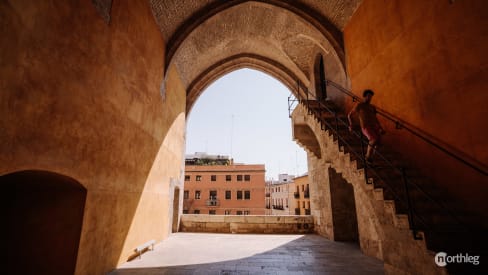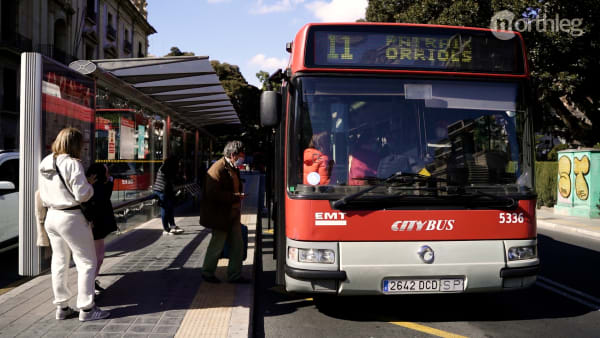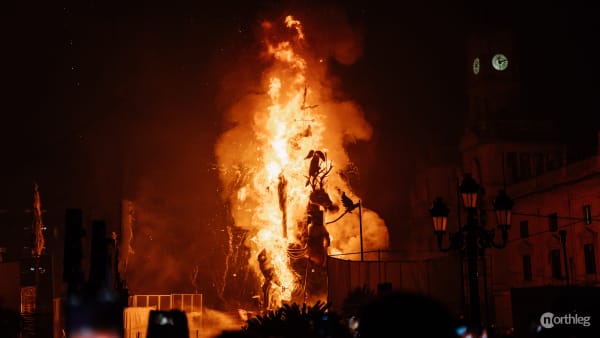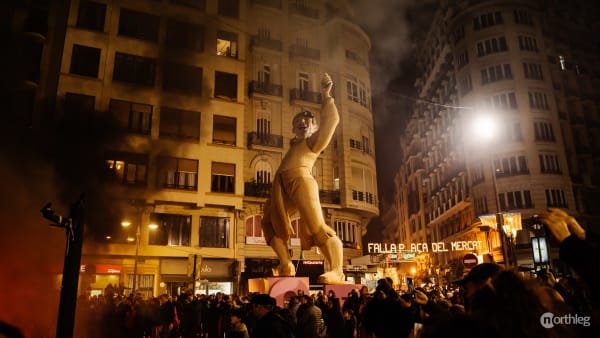Curiosities
Curiosities
In this section, you can find out about some curiosities and myths linked to the Torres de Quart. For example, you can read about the different names of the Towers and what they refer to, as well as the war-related history of the construction.
The Towers’ names
This entrance gate has had different names throughout history. For a time, the Towers were known as the Torres de la Cal (Limestone Towers), after the limestone that came into the city through this gate.
In fact, from 1650 until 1874, it had been established that all the limestone in the city had to come in through the Quart Towers.
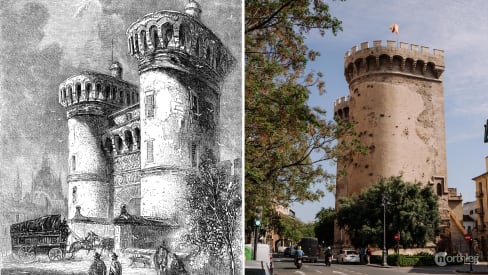
The name that is currently in use, and the name that has been used for most of the building’s history, is Torres de Quart (or Cuart). This name comes from the position and direction of the Towers.
Facing west, the gate was the main way to the towns and cities in Spain’s interior. The village of Cuart de Poblet was one of the first villages on the road there from Valencia.
The name of the village itself Cuart (or Quart) comes from the Latin expression at quartum miliarium meaning four times a miliarium. A miliarium (Roman mile) corresponded to about 1,480 m (a little over 0.9 miles). This was the distance between the aforementioned town and Valencia.
The cannonballs
Dotting the western-facing side of the Gate, are several holes in the stone walls of the Towers. What you may think are signs of time and deterioration on the exterior walls of the Towers, are actually the traces left by French cannonballs in 1808.
During the Spanish War of Independence, Valencia came under siege and the Towers had to resist bombardment from the Napoleonic troops, under Marshal Moncey’s command, who were looking to establish French rule in Spain.
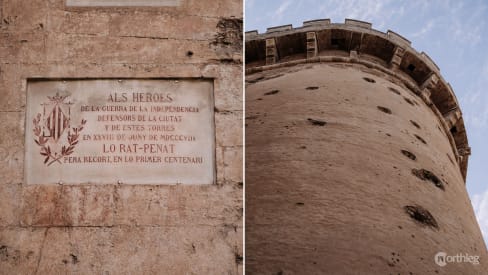
In the restoration process, it was decided to maintain the traces of the cannonball impacts. Today, a total of 132 cannonball marks and more than 1,000 perforations from rifle projectiles can be counted.
A commemorative stone with the city’s coat of arms has been placed by the gate entrance. In red letters we can can read:
ALS HEROES
DE LA GUERRA DE LA INDEPENDENCIA
DEFENSORS DE LA CIUTAT
Y DE ESTES TORRES
EN XXVIII DE JUNY DE MDCCCVIII
LO RAT PENAT
PERA RECORT, EN LO PRIMER CENTENARI.
In English, this means: “To the heroes / of the War of Independence / defenders of the city / and of these Towers / on June 28th 1808 / The Flying Rat [society] / In memory of the first centenary.”
Valencia’s moon
You might have heard a Hispanic person say estar en la luna de Valencia (to be on Valencia’s moon) to mean that someone is not focused or absent-minded. Many believe this saying has to do with Valencia’s gateways.
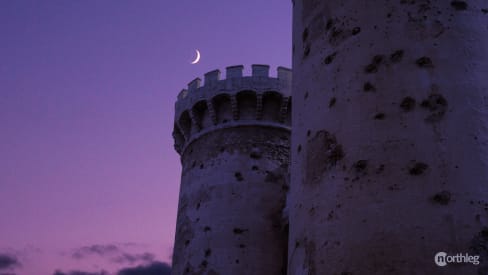
The popular belief is that in the past when the walls of Valencia still stood and the gateways were the sole entrances to the city, there used to be a curfew of sorts. This meant that the gateways would be closed after a certain time of the night.
Many distracted and forgetful people would not arrive in time to enter the gates, and thus had to sleep outdoors. In the streets, outside the city walls, the moon would look at them and remind them of their absent-mindedness.


